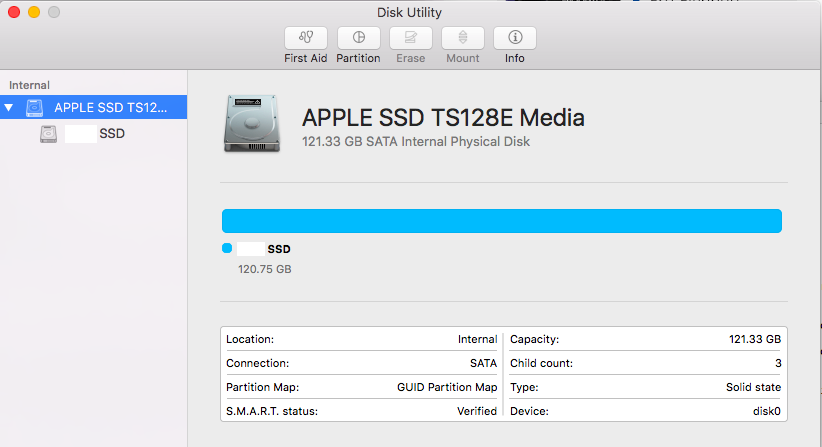

Using iCloud means you do not need an external drive. You can also use iCloud to backup your files. Click on Erase to allow Time Machine to erase all the information that is already on the backup drive. If the disk is not formatted according to Time Machine’s standards, you will be asked to erase it first. Select your external drive from the list provided.Click on Preferences > Select Backup Disk.Select the Time Machine menu in the menu bar.If Time Machine does not prompt you about using your drive for backups then you can add it manually. To start a manual backup, select the menu bar in Time Machine and click on Back Up Now.If this is your first time using Time Machine, you will be asked if you want to use the drive for the backup.Connect the external storage device to your Mac.You can backup files using Time Machine with an external hard drive or large thumb drive. This saves your files for whatever device will be replacing your Mac. Erase your Hard Drive and Reinstall macOSįirst and foremost, create a backup of your files. If you want your Mac to start up again from the volume you just you erased, select Reinstall macOS in the utilities window, then click Continue and follow the onscreen instructions.When done, quit Disk Utility to return to the utilities window.Optional: If you previously used Disk Utility to add internal volumes other than Macintosh HD, you can erase them individually using the same process.If this button isn't shown, click Erase instead. Format: APFS or Mac OS Extended (Journaled), as recommended by Disk Utility.Click the Erase button in the toolbar, then enter the requested details:.Select Macintosh HD in the sidebar of Disk Utility.From the utilities window, select Disk Utility and click Continue.If asked, select a user you know the password for, then enter their administrator password.Start up from macOS Recovery: Turn on your Mac, then immediately press and hold these two keys until you see an Apple logo or other image: Command (⌘) and R.


 0 kommentar(er)
0 kommentar(er)
